20 Legendary Albums That Never Produced a No. 1 Hit Single
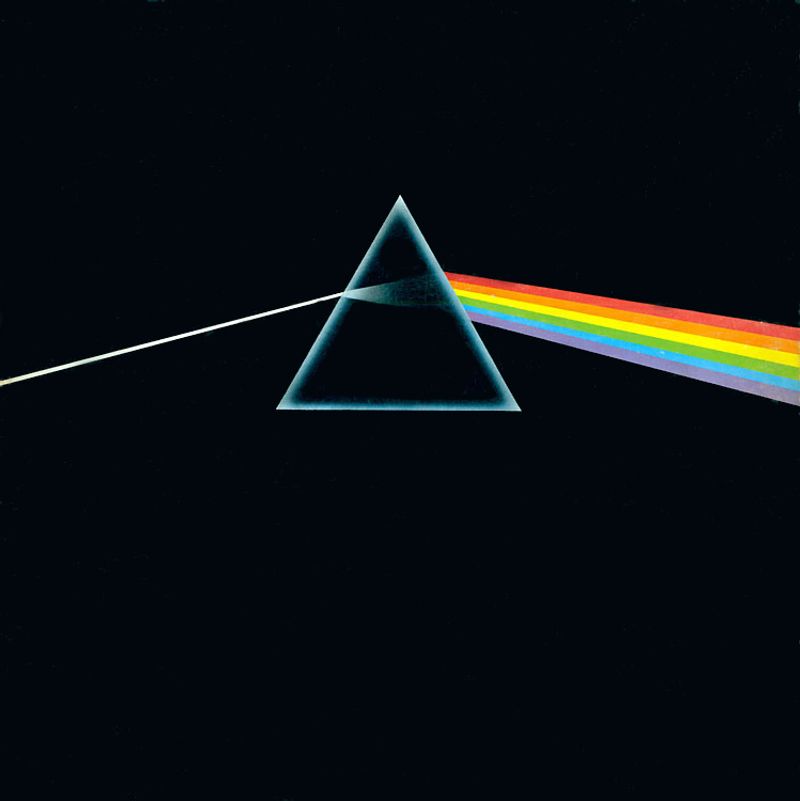
Chart peaks don’t always measure a record’s gravitational pull. Some of the most beloved albums in history never launched a single to the top, yet they redefined genres, rewired imaginations, and sold out arenas for decades.
Here are 20 towering releases whose songs stopped short of No. 1 while the albums themselves became cultural lodestars. Dive in to see how these masterpieces won the long game of influence, endurance, and pure replay value.
1. Pink Floyd – The Dark Side of the Moon

Time, mortality, and madness pulse through every second of this studio labyrinth. The band stitched together cash-register clinks, heartbeat thumps, and saxophone wails into a seamless suite that feels like a philosophical audit. “Money” flirted with radio glory but plateaued well below the summit, while the album lived on the charts like a tenant who never leaves.
Listeners found a companion for late nights and long thoughts, not a bubblegum hook to chew and discard. Engineers still cite its audiophile sheen as a benchmark; dorm rooms still use it as mood lighting. No spike to No. 1 could rival its slow, tidal takeover of culture.
Every spin reveals another hidden gear: Gilmour’s sky-scraping bends, Wright’s velvet keys, Waters’ existential ledger. The cash never ruled this empire—time did, and it’s still collecting interest.
2. Led Zeppelin – IV
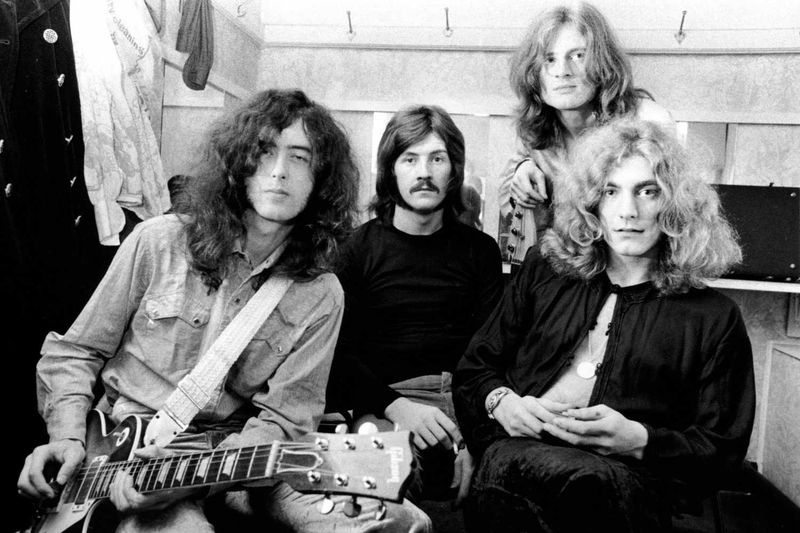
Myth and muscle collide on a record that turned riffs into folklore. “Black Dog” snarled its way into the Top 20, yet the album’s power resided in how it moved crowds, not chart metrics. From the mandolin shimmer of “Going to California” to the thunder of Bonham, this was cathedral-sized rock built for eternity.
“Stairway to Heaven” never touched the Hot 100, and still it became a rite of passage for guitar shops and prom committees alike. The band avoided singles, preferring albums that felt like spellbooks. Radio begged; Zeppelin shrugged.
Decades later, IV is less a record than a rune inscribed on classic rock’s stone. It’s the sound of amplification turning into architecture, Page translating lightning into melody. Charts glance, legends linger—this one pitched a tent on Mount Olympus.
3. AC/DC – Back in Black
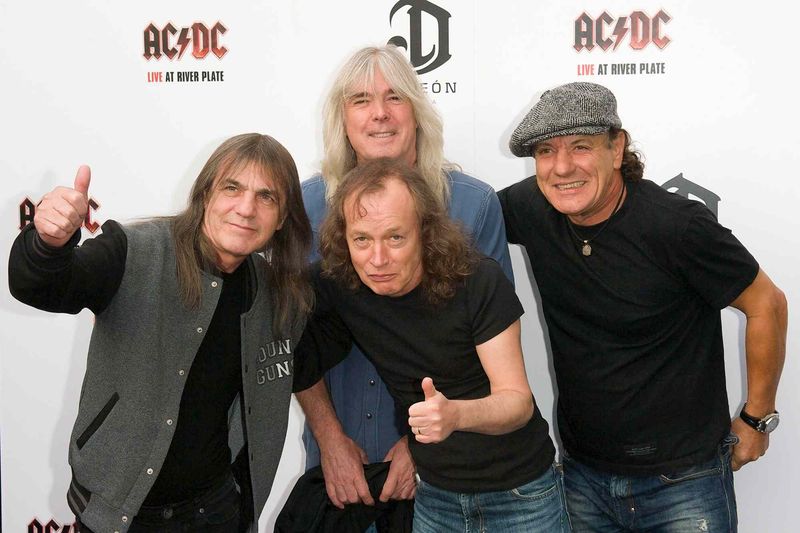
Rebirth roared from the opening bell toll to the final snarl. After loss and grief, the band rebuilt itself with riffs engineered like steel beams and choruses that could shoulder the weight of stadium roofs. Its most iconic singles shook airwaves but never the top spot, a quirk that only made the album’s dominance more impressive.
This record is a masterclass in rhythmic economy—every downstroke a pile-driver, every lyric a wink. It’s proof that grit and groove travel farther together than either does alone. DJs spun it, quarterbacks warmed up to it, and garages learned power chords from its blueprint.
Commercially, it didn’t need a No. 1; it became the party itself. Back in Black turned speakers into co-conspirators, proving volume is sometimes the sincerest form of poetry.
4. The Rolling Stones – Exile on Main St.
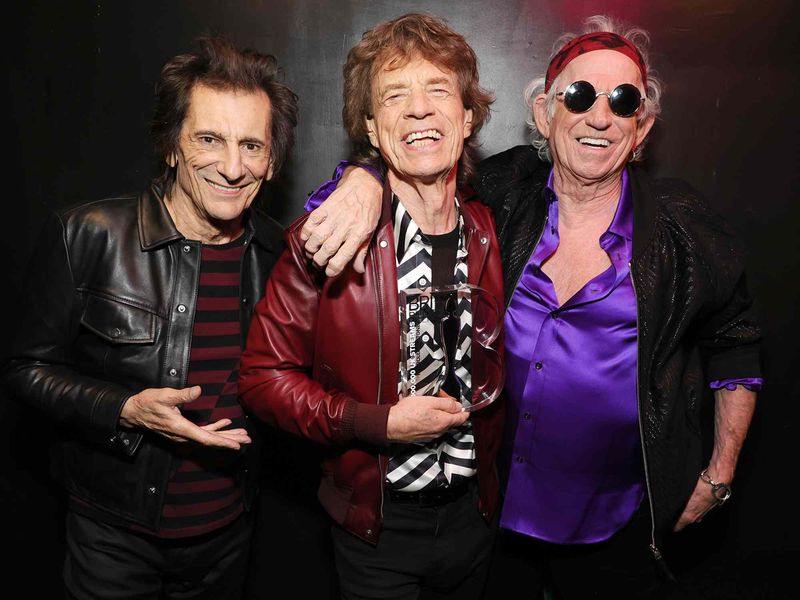
Ragged but right, this double album sounds like the walls of a basement whispering secrets. The Stones stitched gospel, blues, and country into a sweat-soaked tapestry, with “Tumbling Dice” rolling just shy of the summit. Its grit wasn’t made for gleaming pop polish; it was engineered for humid nights and clattering glasses.
Each track feels like a postcard from exile—stamps smudged, corners bent, soul intact. The horns honk like traffic on a sunburned boulevard, while Jagger keens over Richards’ beautifully ruined guitars. It’s the glam of imperfection.
Critics bickered, fans converted, and musicians raided its thrift shop of ideas. Exile never begged for approval; it swaggered through the room, pockets jangling, leaving everyone a little looser. No No. 1? Fine. It crowned itself king of beautiful disarray.
5. Queen – A Night at the Opera
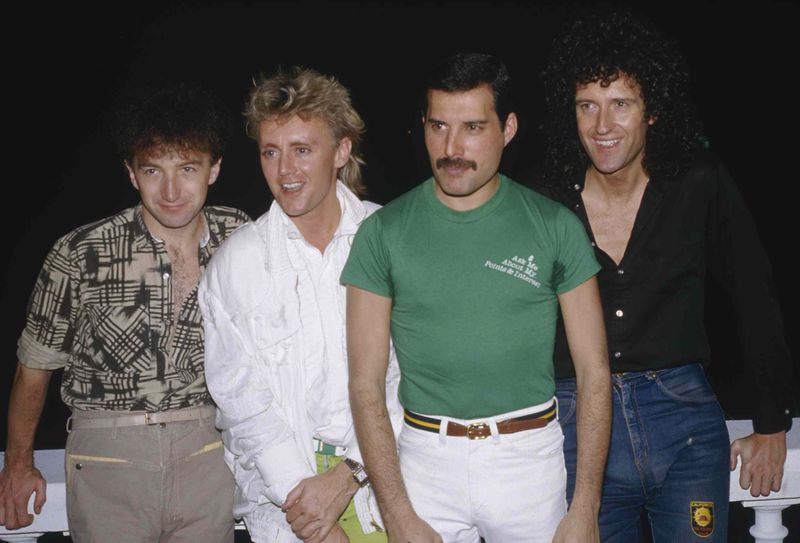
Operatic rock shouldn’t work this well, yet here it is—camp and craftsmanship high-fiving in perfect time. The album houses a miniature Broadway within its grooves, with “Bohemian Rhapsody” turning the radio into a stage and listeners into choristers. Despite missing No. 1 the first time, it rewired what a single could dare to be.
From ukulele sweetness to metal crunch, the band treated genres like costume changes. Mercury’s voice danced through registers as if rehearsing for the heavens. It’s maximalism with heart, rhinestones with a pulse.
The record proved that audacity can be aerodynamic. Decades later, its harmonies still feel like fireworks choreographed by angels with theater degrees. Charts blink and move on; this one opens the curtain again and again, taking encore after encore.
6. The Beatles – Sgt. Pepper’s Lonely Hearts Club Band

Pepper wasn’t built to chase singles; it was designed like a museum wing you wander through in delighted confusion. The Beatles disguised themselves as a fictional band and reinvented the album as a playground. Psychedelia, orchestral swells, and studio trickery collided, turning headphones into kaleidoscopes.
No Hot 100 singles emerged directly from its grooves, yet its songs became cultural shorthand. The cover alone launched a thousand think pieces and dorm-room debates. It’s the asterisk that explains an era.
Every fade, every ring of tape hiss feels curated. The record taught listeners to treat sequencing like plot and production like character development. If pop is a carnival, Sgt. Pepper is the Ferris wheel you can’t stop riding, even after the fairgrounds close.
7. Nirvana – Nevermind

One chord progression detonated a generation’s dress code. This album took punk’s scrappy ethos, married it to undeniable hooks, and pushed Seattle’s rainclouds onto every radio. “Smells Like Teen Spirit” set the gym floor on fire but stopped at No. 6, an irony that fits grunge’s anti-gloss temperament.
The quiet-loud dynamic became lingua franca overnight. Cobain’s lyrics were riddles you felt before you solved, while Grohl’s drums hit like a meteor shower. The songs were raw nerves with great hair.
Nevermind didn’t just climb charts; it changed playlists at school dances and store openings. It turned distortion into a love language. No crown needed—this was a coup by flannel, and everyone learned the password.
8. Pearl Jam – Ten

Emotion drips from these tracks like sweat from a venue ceiling. While “Jeremy” became an era-defining video and radio force, the Hot 100 stayed coy. The album’s heart beats in communal catharsis—voices raised, eyes closed, memories unpacked in the mosh pit’s soft center.
Vedder’s baritone feels like a lighthouse cutting through storm haze. Guitars braid melodies with muscular empathy, never flashy, always true. It’s the sound of a band building a home out of feedback and forgiveness.
Ten thrived on the long run: tours that never ended, fans who memorized every breath, and cassette shells worn white. Charts measure moments; this measured meaning. Its impact still echoes whenever an arena turns into a choir at first chord.
9. Metallica – Metallica (The Black Album)
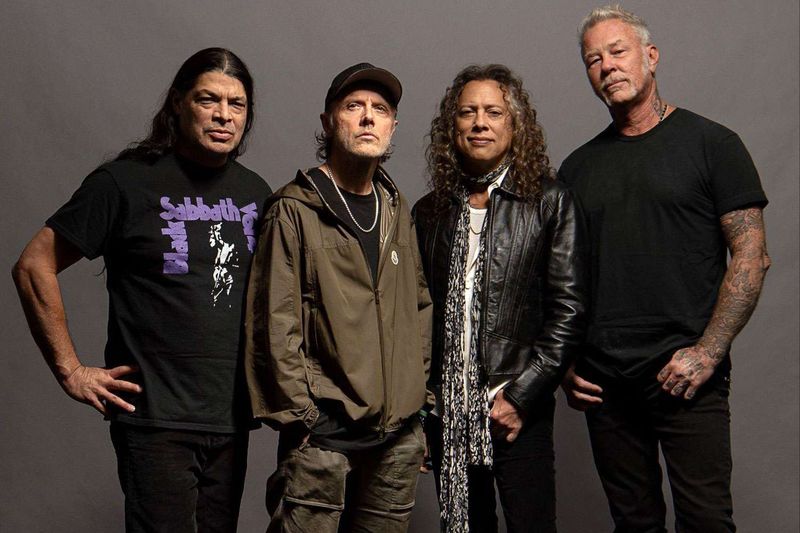
Heavy metal learned to speak fluent mainstream without losing its growl. This record sharpened riffs into stadium-grade hooks, with “Enter Sandman” prowling the Top 20 like a well-fed panther. The production’s weight made car stereos quake and suburban lawns strangely inviting to mosh.
Hetfield’s bark, Ulrich’s cannon-shot drums, and a bass tone you could store tools in—every element clicked. Purists argued, crowds roared, and the band became a household noun. It’s a gateway drug and a final destination all at once.
Though singles never topped the mountain, the album pitched a permanent camp near the summit of global sales. The Black Album turned bedtime into a battlefield and nightmares into singalongs. Sleep with one eye open, indeed.
10. Alanis Morissette – Jagged Little Pill

Catharsis became catchy, and radio couldn’t look away. The album’s diaristic bite transformed breakups into an Olympic sport, with “Ironic” sparking grammar debates while stopping shy of the top. Alanis sang like a friend who finally tells you the truth you’ve dodged for years.
Hooks lurk behind serrated edges, and the production lets her chew scenery without swallowing the song. Anger, healing, and gallows humor sit at the same table, passing notes between choruses. It’s messy in the way real life is.
Teens learned empowerment; adults remembered their spine. Even without a No. 1, the record sold by word-of-mouth therapy sessions and car singalongs. Sometimes the biggest flex is making pain sound like liberation.
11. R.E.M. – Automatic for the People
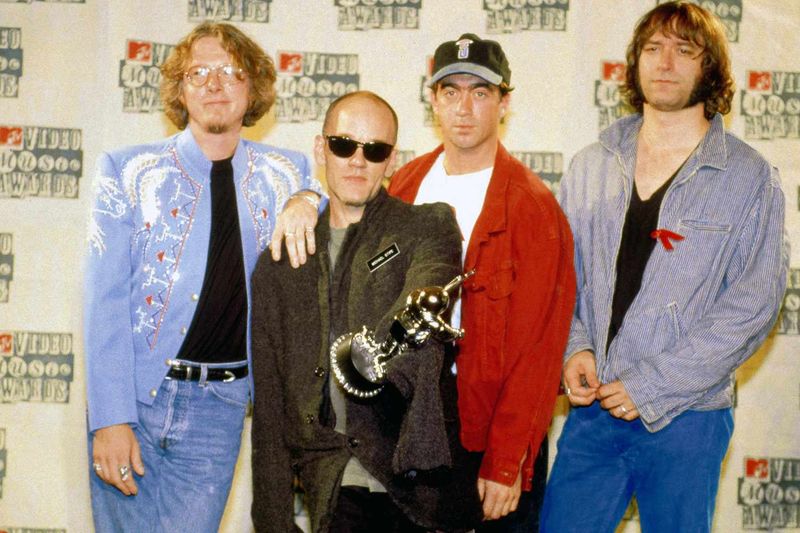
Melancholy wrapped in velvet melodies, this album comforted listeners like a hand on the shoulder. “Everybody Hurts” turned into a global balm yet barely grazed the Hot 100’s upper rungs. The record prefers dim light and empathetic glances over confetti cannons.
Mandolins shimmer, strings sigh, and Stipe’s voice sounds like a midnight conversation on a quiet porch. It’s Southern gothic rendered in soft focus, finding beauty in ordinary sorrow. The tempos don’t hurry; they heal.
Automatic became the soundtrack to personal pivots and quiet courage. Charts tally loud victories; this one counts small survivals. You don’t dance to it—you exhale, and somehow the room feels bigger.
12. The Cure – Disintegration

Goth romanticism reached cathedral height here. “Lovesong” nearly captured the crown, yet the album’s soul lies in draped synths and oceanic guitars that swallow you whole. Robert Smith sings like a lighthouse keeper writing letters to the fog.
These tracks drift and bloom, turning melancholy into a mesmerizing tide. The percussion is patient, the hooks are ivy creeping up stone. You don’t binge it; you surrender, letting the minutes blur into gorgeous gloom.
Disintegration gave sadness a ballroom and handed it a corsage. Despite missing No. 1, its roses never wilted, perfuming playlists for decades. Darkness never looked—or sounded—so luminously alive.
13. Radiohead – OK Computer
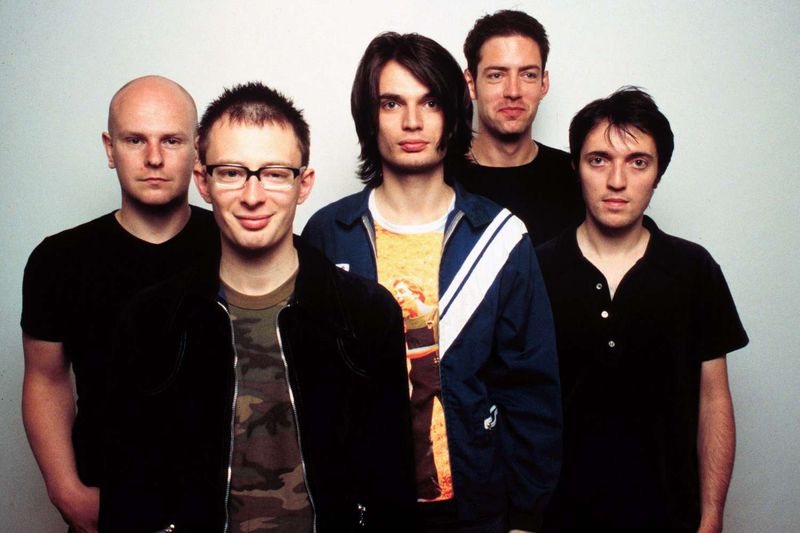
Alienation never sounded so human. This album swapped Britpop sheen for a jetlagged hum of airport announcements, malfunctioning angels, and guitars like satellite debris. No Hot 100 top 10 emerged, but it redrew rock’s map with glitchy courage.
Thom Yorke’s voice floats above circuitry, asking tender questions of a busy future. The arrangements breathe like machines learning to dream, while lyrics study how we scroll past each other in real time. It predicted the feed before we had one.
OK Computer became sacred text for headphone pilgrims and studio nerds. The charts were looking for a chorus; Radiohead delivered a philosophy. It’s the rare record that grows smarter each year you do.
14. Linkin Park – Hybrid Theory

Nu metal turned confessional with a pop brain and a DJ’s toolkit. “In the End” climbed to No. 2, a heartbeat shy of history, but the album had already claimed bedrooms and bus rides worldwide. Rap-rock here isn’t a gimmick; it’s a conversation between bruises.
Shinoda’s precision and Bennington’s raw ache meet in choruses that feel like emergency exits. The beats punch, the guitars surge, and samples stitch everything into a modern mosaic. It’s catharsis you can shout along to.
Hybrid Theory taught a generation to name their storms. Even without the chart crown, the streaming decades made it perennial. Sometimes the second step is the one that keeps you moving.
15. Green Day – American Idiot

Punk opera sounds like a dare until it sticks the landing. This concept album threaded teenage angst, media noise, and post-9/11 anxiety into a hook-laden narrative. “Boulevard of Broken Dreams” parked at No. 2, headlights on, engine idling.
Anthems barrel forward with Broadway confidence, chugging power chords and gang vocals building a city of misfits. The story’s heart beats under smeared eyeliner and a healthy distrust of slogans. It’s restless, loud, and strangely tender.
The record reinvigorated a band and a genre, invading stages from clubs to Tony night. Charts couldn’t crown it, but audiences did—night after night, chorus after chorus. Rage made catchy can change the room.
16. Daft Punk – Random Access Memories
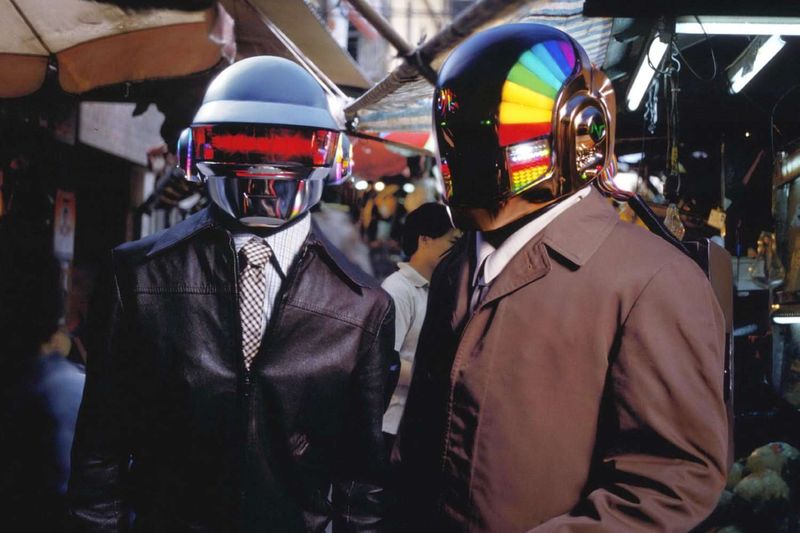
Analog warmth in a digital decade felt like a summer breeze. Teaming with Nile Rodgers and Pharrell, the robots made a disco time machine that idled at No. 2 while owning every rooftop. The grooves don’t chase trends; they invite wrists to loosen.
Live instruments glow under mirrorball light, and the production breathes like a living room jam captured on gold tape. It’s futurism wearing vintage cologne, suave without breaking a sweat. The helmeted duo curated joy.
RAM reminded us the best nights are shared, not streamed alone. A chart-topping single would’ve been tidy, but the album aimed for timeless. Press play, and the decade suddenly dances nicer.
17. Coldplay – A Rush of Blood to the Head
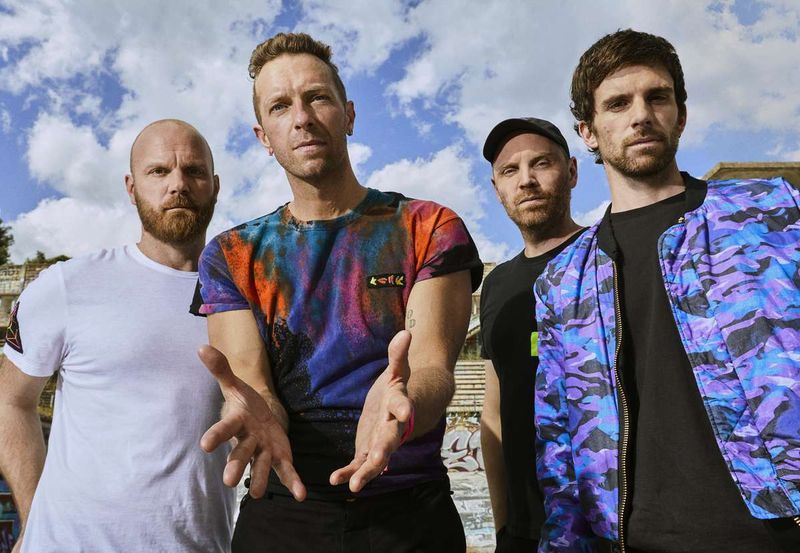
Piano arpeggios turned into Morse code for yearning. The album trades bombast for clarity, carving stadium-sized feelings from quiet motifs and patient dynamics. “Clocks” ticked through the Top 40, but the record sprinted marathons on tour and in headphones.
Chris Martin leans into open-heartedness, while the band paints night-sky textures with chiming guitars. The songs feel like postcards you forgot to send, still warm from your pocket. It’s less a shout than a steady hand.
Rush of Blood became the soundtrack of late drives, new beginnings, and brave apologies. A No. 1 single wasn’t necessary; ubiquity arrived anyway, soft-spoken and unstoppable. Time, it seems, was on their side.
18. Red Hot Chili Peppers – Californication

Sun-bleached melodies meet roadside introspection on this comeback road trip. “Scar Tissue” glided to No. 9, its slide-guitar scars gleaming like souvenirs. The album swapped frantic funk for a warmer, wistful groove that felt like healing under Pacific light.
Flea’s bass still bounces, but it’s Frusciante’s guitar that sketches the coastline in delicate lines. Kiedis sings like a man reading diary entries on the pier at dusk. The vibe is gratitude with a beat.
Californication turned radio into a convertible and therapy into choruses. It didn’t need the top chart rung; it already had the horizon. Sometimes growth is the loudest flex a band can make.
19. Kendrick Lamar – good kid, m.A.A.d city

A day in Compton becomes a hero’s journey told through voicemail skits, peer pressure, and razor-edged poetry. “Swimming Pools (Drank)” dissected intoxication with a chorus built for parties, peaking at No. 17. The album itself moves like a film, each track a scene that expands the frame.
Kendrick’s cadences are time-lapse photography—thoughts blooming mid-bar, perspective shifting in real time. Beats knock but never overshadow the narrative’s moral math. It’s empathy expressed through impossible rhyme schemes.
Even without a No. 1 single, the project graduated to canon status and classroom syllabi. Replay value hides in subtext and callback lines. You come for the bangers; you stay for the revelation.
20. Beastie Boys – Licensed to Ill
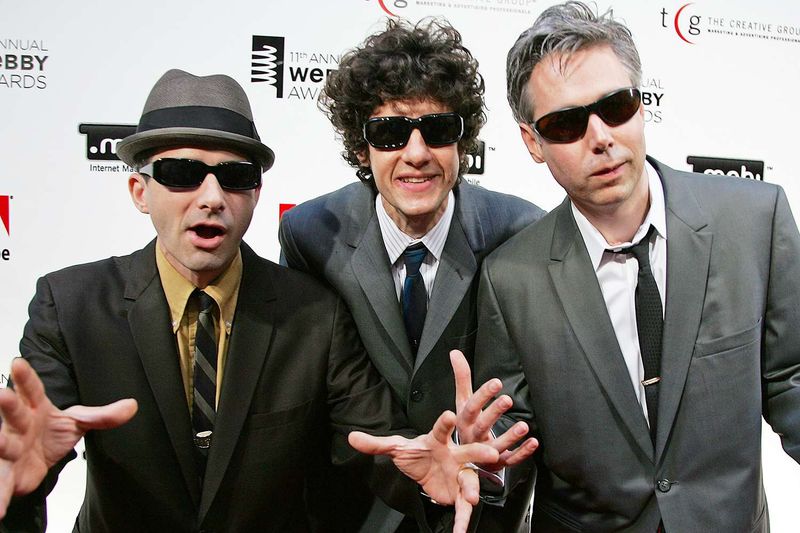
Licensed to Ill exploded in 1986 with bratty bravado, arena-sized hooks, and Rick Rubin’s hard-rock-meets-hip-hop alchemy. “(You Gotta) Fight for Your Right” and “No Sleep till Brooklyn” became anthems, yet none claimed the No. 1 spot.
The album itself, however, topped charts, pushing rap into suburban bedrooms and MTV rotation with unprecedented swagger. Its sample-scorched beats and mosh-pit energy bridged punk and hip-hop scenes, while its humor masked razor-sharp craft.
Over time, critics reappraised its audacity and architecture, tracing a line from its bombastic blueprint to crossover rap’s mainstream future—proof that cultural seismic shifts outlast peak positions.

Comments
Loading…